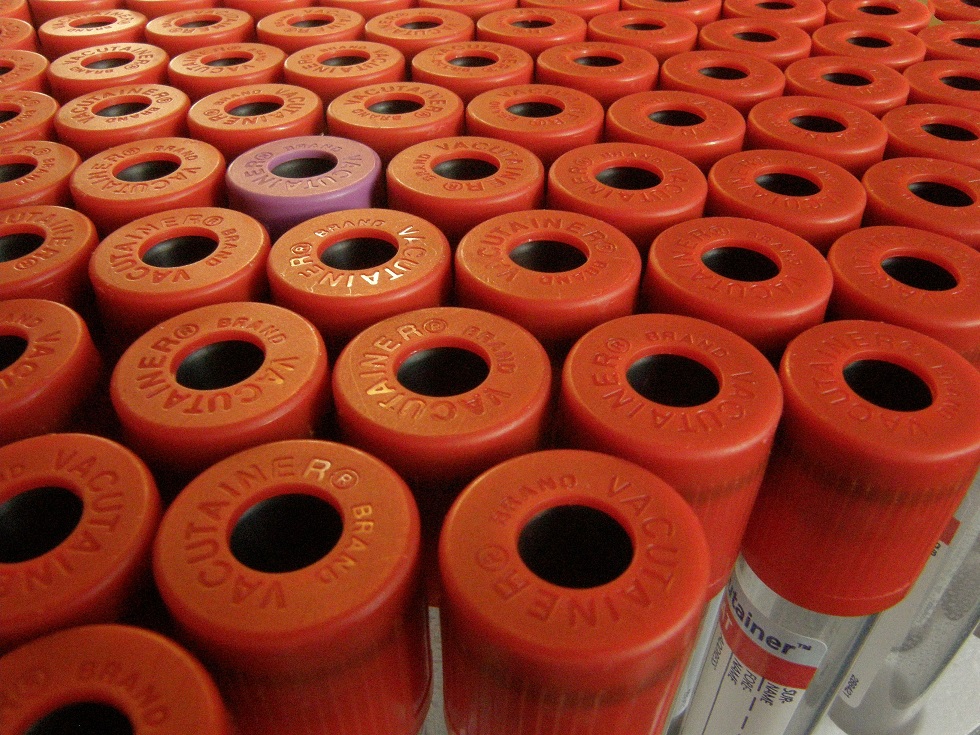Species: Dog, cat
Specimen: 1mL serum or plasma
Container: Red top tube
Collection protocol:
Collect both a serum sample and a fluoride oxalate tube.
Ideally measure blood glucose concentrations in-house to confirm the dog/cat is currently hypoglycaemic.
Fasting may be necessary to induce hypoglycaemia. This is ideally performed in-clinic, where blood glucose concentrations can be measured during the fast until blood glucose reaches the desired level. A few small meals should be fed over 2-3 hours afterwards to help the animal recover.
If possible, separate the serum from the clot prior to sending as this reduces the risk of haemolysis, which can invalidate insulin measurement. It is ideal to separate the serum from the clot within 30 minutes.
Refrigerate or freeze (if separated) prior to shipment and send with ice pack.
General information about when this test is indicated:
Concurrent measurement of insulin and blood glucose concentrations may aid in the diagnosis of insulinoma. Insulinoma or beta cell tumour is a relatively common causes of hypoglycaemia in the dog and a rare cause of hypoglycaemia in the cat.
It should be noted that the insulin assays available in New Zealand are human assays, which have not been fully validated in small animal species. Cross-reaction of canine and feline insulin with these assays has not been determined, and results should be interpreted with caution.
Comparison with other related tests: A validated insulin assay can be performed at the Michigan State University Veterinary Diagnostic Laboratory for diagnosis of insulinoma in dogs and cats. This is the preferred assay.

